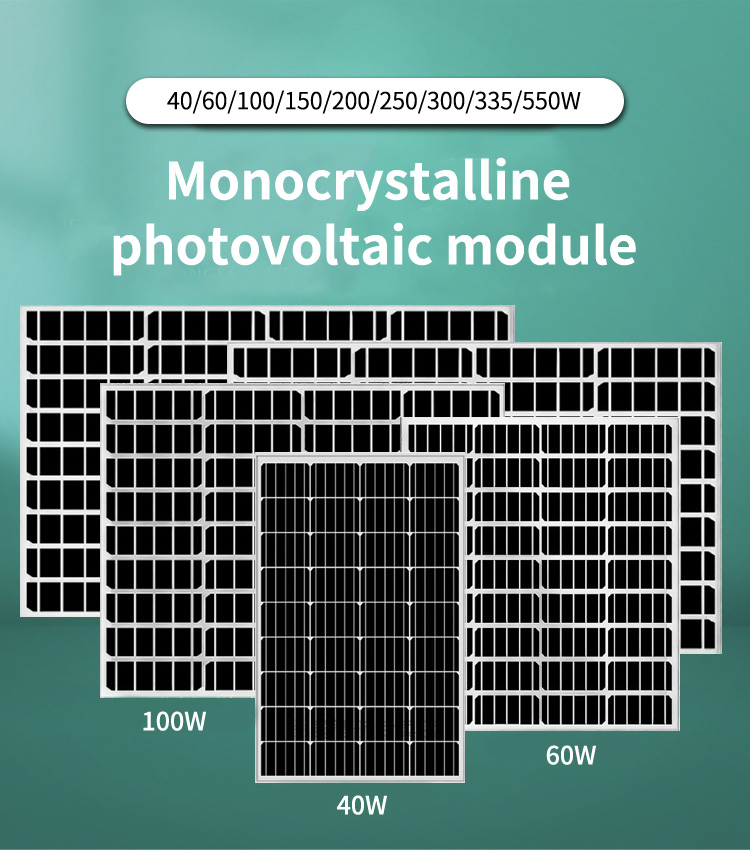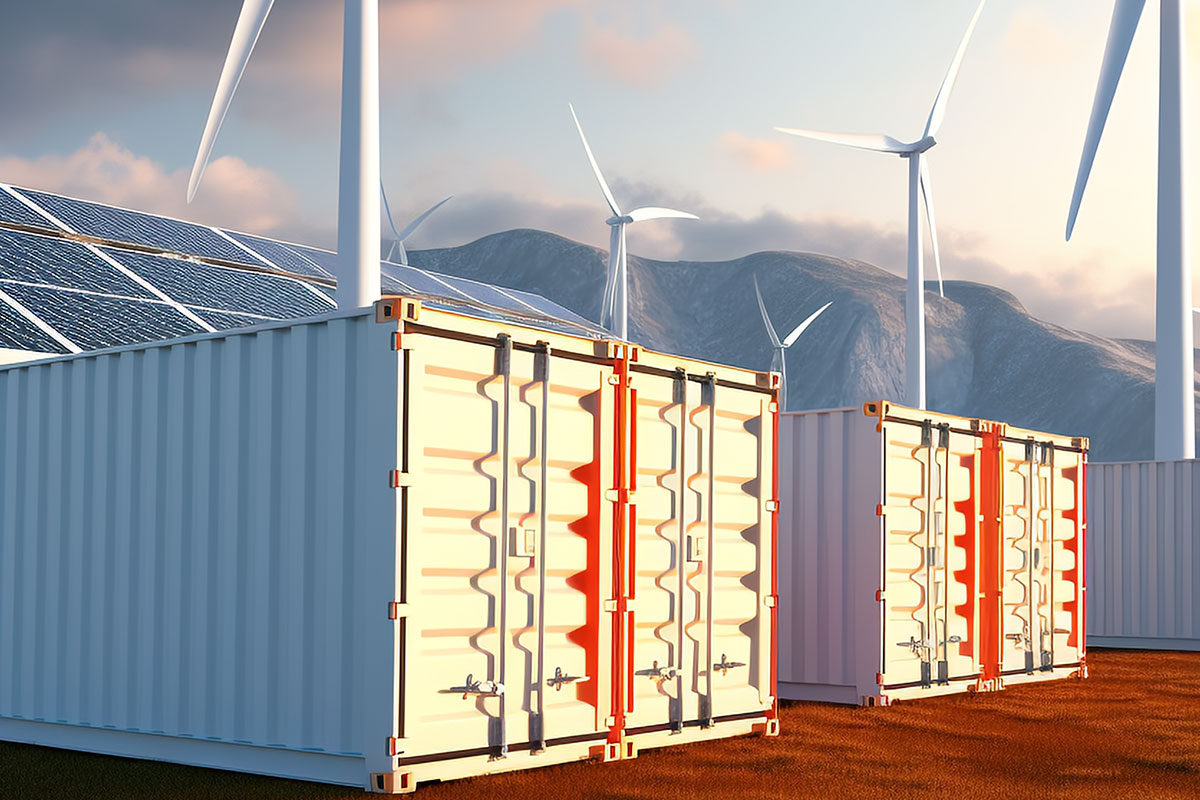Solar panels have become a cornerstone of renewable energy, offering scalable solutions for diverse power needs. From compact portable chargers to vast utility-scale farms, the wattage of a solar panel determines its suitability for specific applications. Understanding the relationship between wattage and use case is essential for optimizing efficiency, cost, and sustainability.

Low-Wattage Solar Panels (50W–200W): Portable Power for Small-Scale Needs
Low-wattage solar panels are compact, lightweight, and ideal for mobile or low-demand applications. These panels, typically ranging from 50W to 200W, are popular among outdoor enthusiasts and those seeking emergency power backups.
- Camping and Hiking: Small panels (50W–100W) can charge smartphones, GPS devices, or portable batteries, ensuring adventurers stay connected without relying on grid electricity.
- RVs and Boats: Panels in the 150W–200W range are commonly mounted on rooftops or decks to power lights, refrigerators, or small appliances during off-grid trips.
- Emergency Kits: Low-wattage panels serve as reliable backup power sources during blackouts, charging essential devices like radios or medical equipment.
These panels are affordable and easy to install, but their limited output makes them unsuitable for high-energy tasks. However, advancements in monocrystalline silicon technology have improved their efficiency, allowing them to generate more power in low-light conditions.
Mid-Wattage Solar Panels (300W–400W): Residential and Commercial Rooftop Solutions
Mid-wattage panels dominate residential and small commercial installations, striking a balance between space efficiency and energy output. Most modern home systems use panels in the 300W–400W range to meet daily electricity demands.
- Residential Rooftops: A typical household might install 10–20 panels (3–8 kW total) to cover 50%–100% of its energy needs. These systems power appliances, heating/cooling systems, and electric vehicle chargers.
- Small Businesses: Cafes, offices, or farms with moderate energy needs use mid-wattage panels to reduce electricity bills and demonstrate environmental stewardship.
- Community Projects: Schools or clinics in remote areas deploy these panels to provide reliable power without extensive infrastructure.
Mid-wattage panels benefit from economies of scale, offering lower costs per watt compared to smaller systems. They are also compatible with battery storage systems, enabling households to store excess energy for nighttime use or grid outages.
High-Wattage Solar Panels (450W+): Industrial and Utility-Scale Power Generation
High-wattage panels, exceeding 450W per unit, are designed for large-scale installations where maximizing energy output per square foot is critical. These panels are pivotal in transitioning industries and grids to renewable energy.
- Solar Farms: Utility companies deploy thousands of high-wattage panels across acres of land to generate megawatts of electricity, feeding into national grids.
- Industrial Facilities: Factories or warehouses with high energy demands install these panels on rooftops or adjacent land to offset consumption and lower operational costs.
- Agricultural Applications: Farmers use high-wattage panels to power irrigation systems, machinery, or desalination plants, particularly in off-grid rural areas.
Advancements in bifacial technology—where panels capture sunlight from both sides—and larger cell sizes (e.g., M12 wafers) have driven up wattages while reducing manufacturing costs. These innovations make high-wattage panels increasingly competitive with traditional energy sources.
Choosing the Right Wattage: Key Considerations
Selecting the appropriate solar panel wattage involves evaluating three factors:
- Energy Needs: Calculate daily electricity consumption to determine system size.
- Available Space: Higher-wattage panels require less roof or ground area but may have higher upfront costs.
- Budget: While larger panels offer better long-term savings, smaller systems may be more feasible for tight budgets.
Conclusion
Solar panels are not one-size-fits-all; their wattage directly influences their application. Low-wattage panels empower individuals with portable energy, mid-wattage systems enable residential and commercial sustainability, and high-wattage panels drive industrial-scale decarbonization. As technology evolves, panels are becoming more efficient and affordable, expanding their accessibility across sectors. By aligning wattage with specific needs, users can harness the sun’s energy effectively, paving the way for a greener future.
